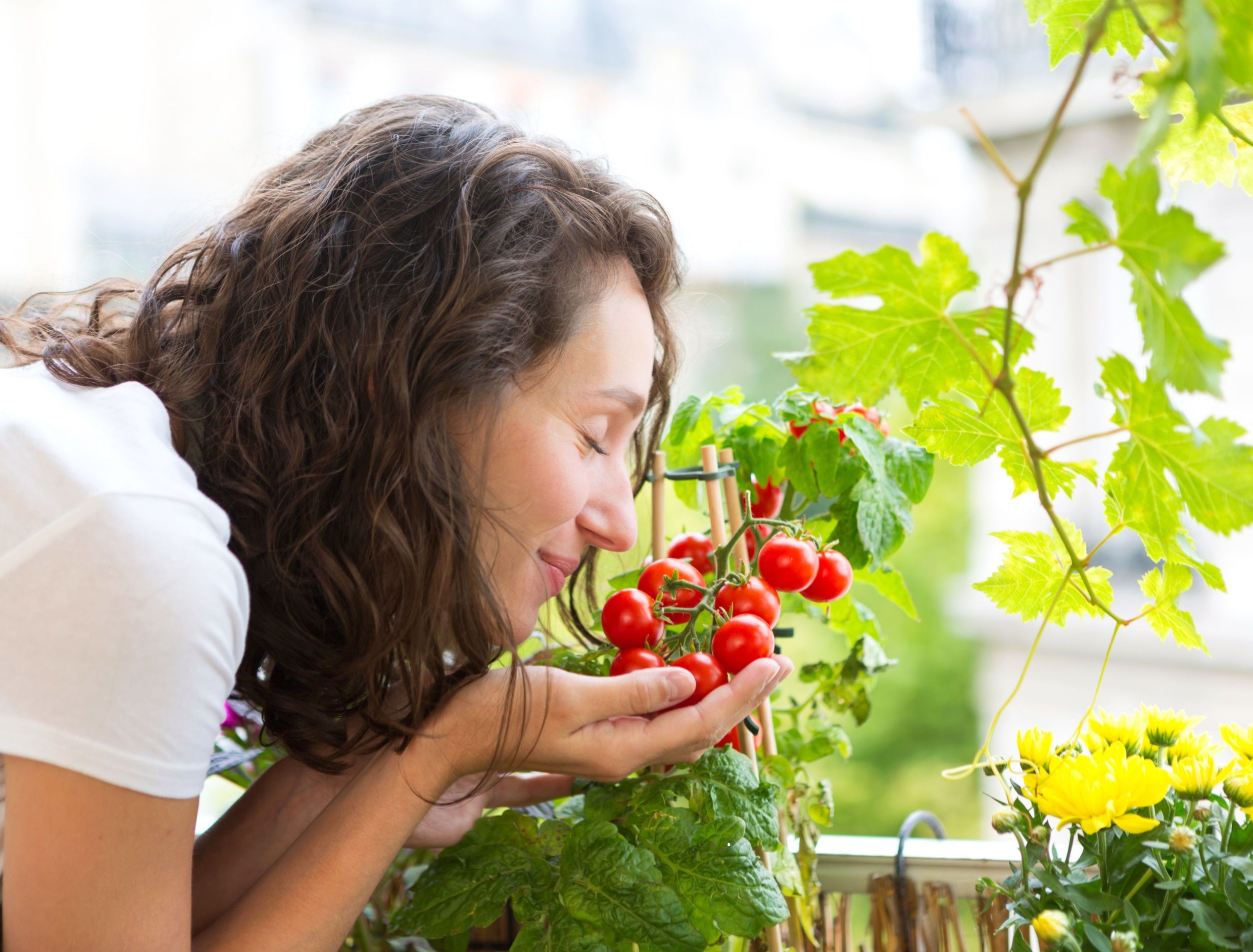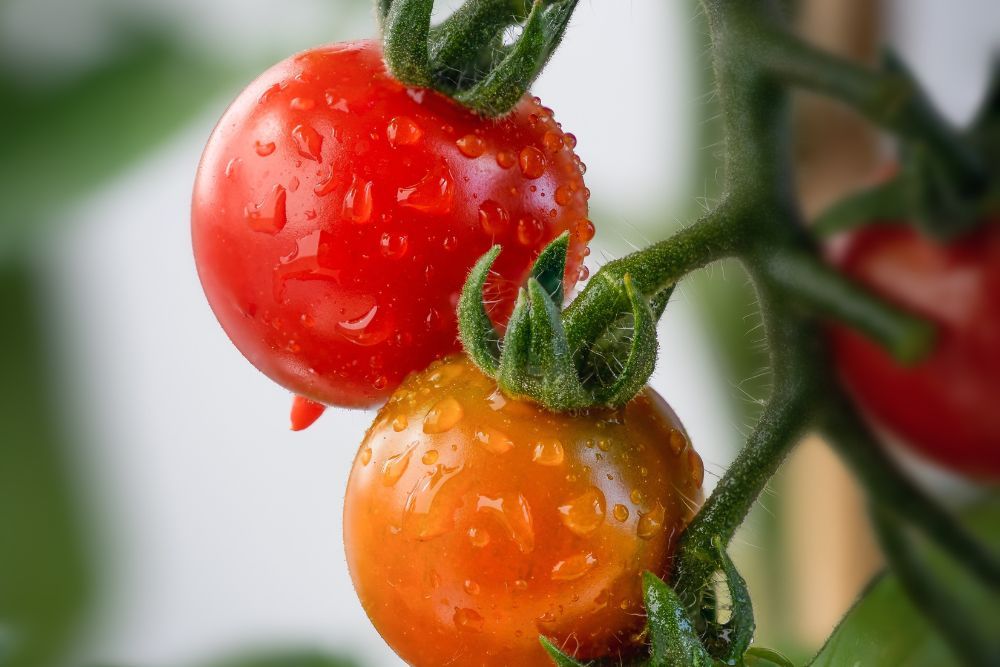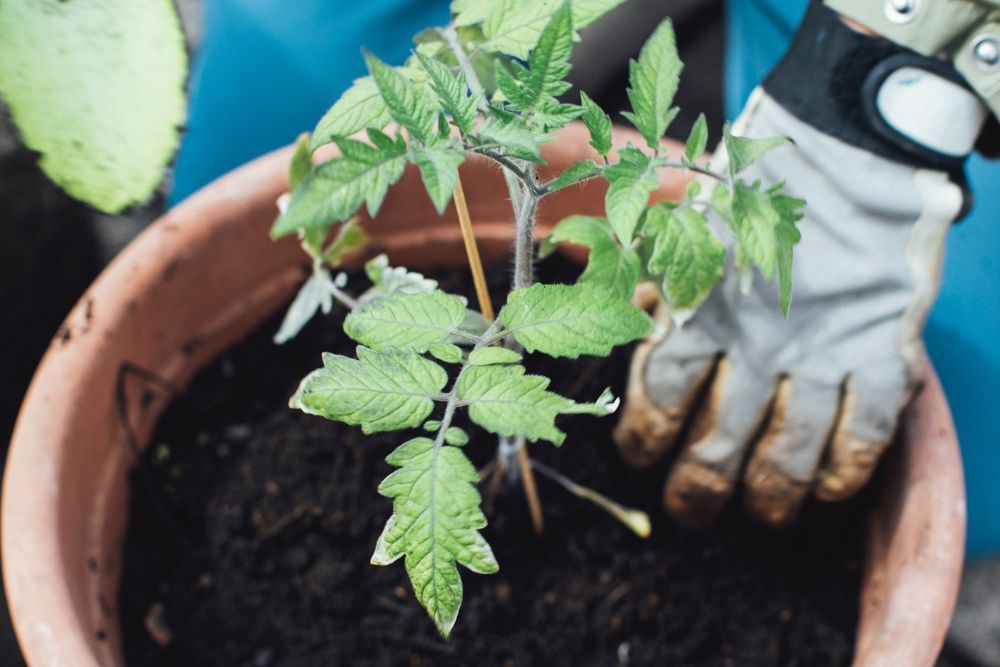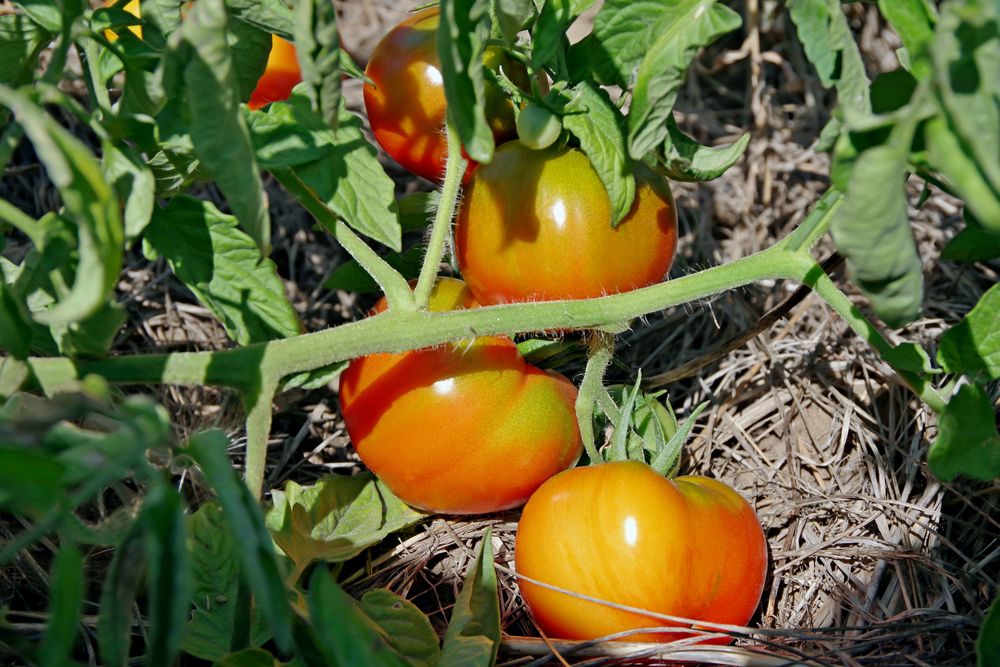Don't just watch the world pass by you, grow tomatoes and make the most of those warm months. Tomatoes are incredibly versatile fruits that find their way into every kitchen. They're soft skin and mild taste makes them a staple in many home gardens. Like any plant, there is an ideal time of the year to grow tomatoes when the climatic conditions align to encourage a healthy plant and copious yield.
Tomatoes in the garden, tomatoes on the plate, grow your own and savor their sweet taste! If you love to try your hands at growing this delicious, juicy fruit, keep reading so you can embark on your tomato-growing journey on the right foot!
Perfect Time of the Year for Growing Tomatoes
Image credits: Roon Z via Pexels
The best time to grow tomatoes outside depends on whether you are starting your seeds indoors or sowing them outdoors directly in the soil. You can grow tomatoes annually between zones 2 through 10 and as perennials in zones 11 and above.
You can sow the seeds indoors about six weeks before the last frost date. Your seedlings should be ready for transplanting when the soil temperatures reach approximately 55 degrees Fahrenheit in late spring or early summer. However, they will need protection from the weather, so use a cover to keep the seedlings warm until they are established.
Since tomatoes require warmth to germinate, it is best to plant seeds outdoors once the soil temperature is around 60 to 70 degrees Fahrenheit. The fruits begin to set when nighttime temperatures consistently stay between 55 and 75 degrees Fahrenheit.
It can take about 60 to over 100 days from germination for your fruits to be ready for harvest. Once the flowers appear, your tomatoes are just 40 to 60 days away from ripening. The exact duration for the tomatoes to mature depends on the different varieties. For example, small cherry tomatoes ripen faster than larger fruits.
Although, if you are growing your tomatoes indoors, you are not bound by the changing seasons. Start growing them any time of the year!
What Happens When You Plant too Early?
Image credits: Manon25s via Pixabay
Tomatoes are heat-loving plants that cannot tolerate frost. If you plant your seeds or seedlings in the ground too early, they may not survive. The lower temperatures can cause wilting, stunted growth, and increased disease susceptibility. Cooler soil temperatures (below 55 degrees Fahrenheit) can also inhibit root development.
What Happens When You Plant too Late?
Image credits: Markus Spiske via Unsplash
Depending on the temperatures in your area and the first frost date, you can grow tomatoes successfully later in the season. The ideal daytime temperatures for growing tomatoes range from 70 to 80 degrees Fahrenheit. If you have a mild summer, you can transplant your seeds as late as July.
Look for varieties that produce mature fruits in a short time. These include 'Early Girl,' 'Champion Harvest,' 'Quick Pick,' and 'Early Pick.'
Care Instructions From Sowing to Harvest
Image credits: Borodkin Vladymir via Shutterstock
Tomatoes grow rapidly and reward you generously once you meet their demands and avoid common mistakes. Here is all that this versatile crop requires.
Light
The one thing that tomatoes need in abundance is sunlight. They grow best when exposed to eight to 10 hours of daylight daily, so choose a spot in your garden with plenty of light. However, provide shade with row covers during soaring temperatures to keep your plant from scorching.
Water
Tomatoes require 1 to 2 inches of weekly watering from rain or manual irrigation to thrive. This means you may have to water your tomatoes as often as once or twice a day during summer. They prefer moist soil, but overwatering and subsequent waterlogging can lead to fungal diseases, possibly killing your plant. Water the base of the plant early in the morning so any droplets that land on the leaves can dry out before night, or else the foliage can develop rot.
Soil
The best soil type to grow tomatoes is loamy, well-draining soil, amended with enriched organic matter. Prepare the ground by digging it to a depth of about a foot and adding compost or rotted manure. Moreover, test and maintain the pH level between 5.5 and 7.
Mulching
Mulch your crop with a 2 to 4 inches thick layer of straw, bark chips, or hay. Mulching provides numerous benefits to your plant. It inhibits weed growth, helps retain moisture, maintains ground temperatures, and adds nutrients to the soil as it decomposes.
Feeding
Since you prepared the soil before planting, the tomato plants do not require feeding immediately. Wait until the fruits start swelling, and then feed the plant with a liquid fertilizer high in potassium every two weeks.
Stear clear off fertilizers with high nitrogen content. These will promote foliage growth at the expense of your primary goal, i.e., to grow tomatoes.
Pruning
Pinch off any dead stems or yellowing leaves. Regularly pruning keeps the plant healthy since it directs all its energy into bearing fruits instead of reviving dead foliage.
Support
Tomatoes require support to grow, literally! Place a stake, trellis, or cage around the plant immediately after planting. The supporting structure helps the plant grow and stay upright. It also keeps the fruits from coming in contact with the ground, protecting them from diseases and pests.
Time to Take on the Tomatoes
To produce fresh, juicy fruits, tomatoes require a long, warm growing season. The best time to plant them depends on various factors, such as the last frost time, soil temperatures, whether to start seeds indoors or outdoors, etc. Once planted, you can enjoy the multi-talented fruits in two to four months.
So, check your area's last expected frost date, gather supplies, and start sowing! Share your journey, questions, and helpful suggestions in the comments below.





